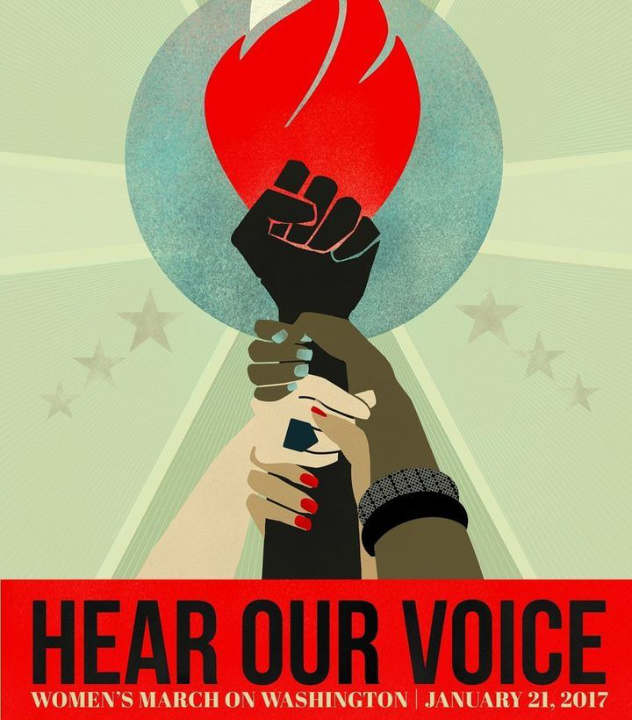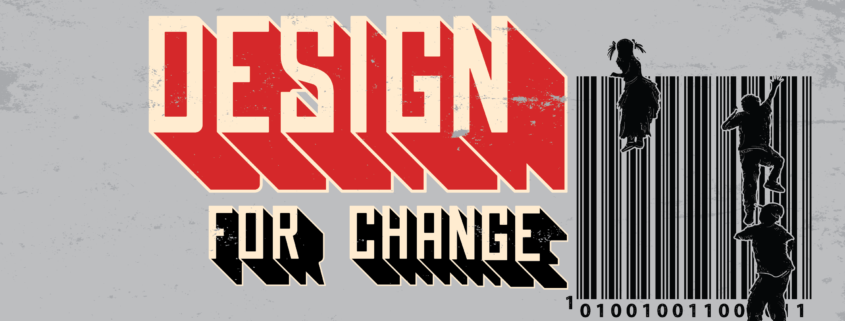Socially Conscious Design has been one of the most powerful design trends in recent years. This design trend focuses on showing solidarity and support for social, environmental, and justice issues through graphic design. Essentially, it is artists using their talent and voice to promote the betterment of society. The need for social and environmental change has reached a tipping point, and creators and brands have stepped up to the plate to show support and create awareness. There are some key attributes that are important when designing for change, but let’s start with possibly the most important of them all.
Authentic & Representative
Authenticity is the underlying attribute that must be present in the design and the promotion for socially conscious design. Some of the largest protests in the world have been powered by social media, and that wouldn’t have happened if the messaging was inauthentic or misplaced. Authenticity not only means being true to oneself but the person identified. It’s important that when designing for change, a designer takes their own preferences out of the situation, and designs with the community’s voice in mind. This might mean a fact-finding mission of gathering feedback, research, and learning cultural norms about the community or cause you to wish to support and design with this top of mind.
Informative
Design for Change generally always has an element of information embedded in it. Whether it’s in the actual graphic, or a description in a social media post explaining facts related to the design, it’s there. In socially conscious design, it’s common to see info-graphs or bold, informative text in graphics. It’s crucial to convey messaging when trying to inform people about social justice issues, particularly when the messaging is spreading the word about a march or protest. A great example is the graphic below by Liza Donovan, created for the Women’s March on Washington. The Women’s March on January 21, 2017, resulted in over 7 million protesters worldwide. This was arguably one of the most successful protests in history, organized and spread through social media.

“Hear Our Voice” by Liza Donovan, created for the Women’s March on Washington.
Evoke Emotion
“Design creates culture. Culture shapes values. Values determine the future.” This quote by designer and author Robert L. Peters is commonly quoted, but for good reason. He said this during a speech, and to put it into context, he was addressing the idea of trying to design a better world for future generations. But design won’t have an epic impact unless it is bold, evokes emotion, and genuinely creates a pause for reflection and thought. Finding creative ways to elicit an emotional response is crucial to the design process. Whether the message is hopeful or heartwrenching, make sure it connects with the audience powerfully and authentically.
Colours & Typography
Colours and typography do vary from cause to cause, but generally speaking, they are both bold and attention-grabbing. Again, using the above example of the Women’s March poster, if you were to look at a collection of their posters, you would see that the colour pallet and typography are similar across all graphics. While it might not be common to view social justice causes as brands, the organizations and their designers are savvy enough to know there should be consistency across messaging, typography and colour pallets. Their causes are crucially important to them and the people they represent, so having an impactful and consistent design is vital for the recognition of their causes.
We hope this gave you insight into the powerful world of Socially Conscious Design. For more design inspiration, check out more of our blog for the latest design and marketing trends.



